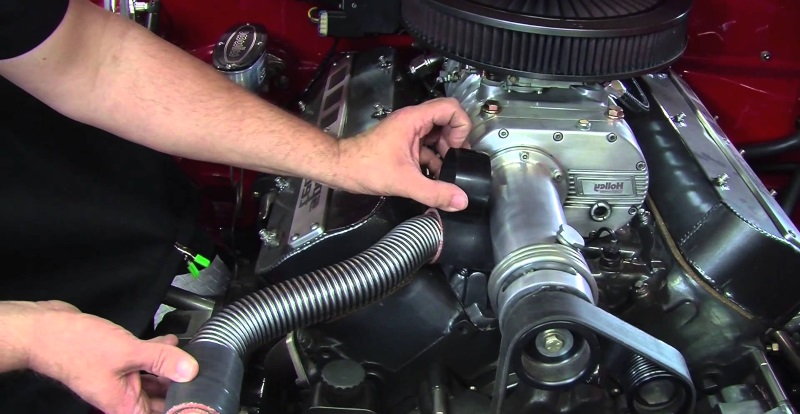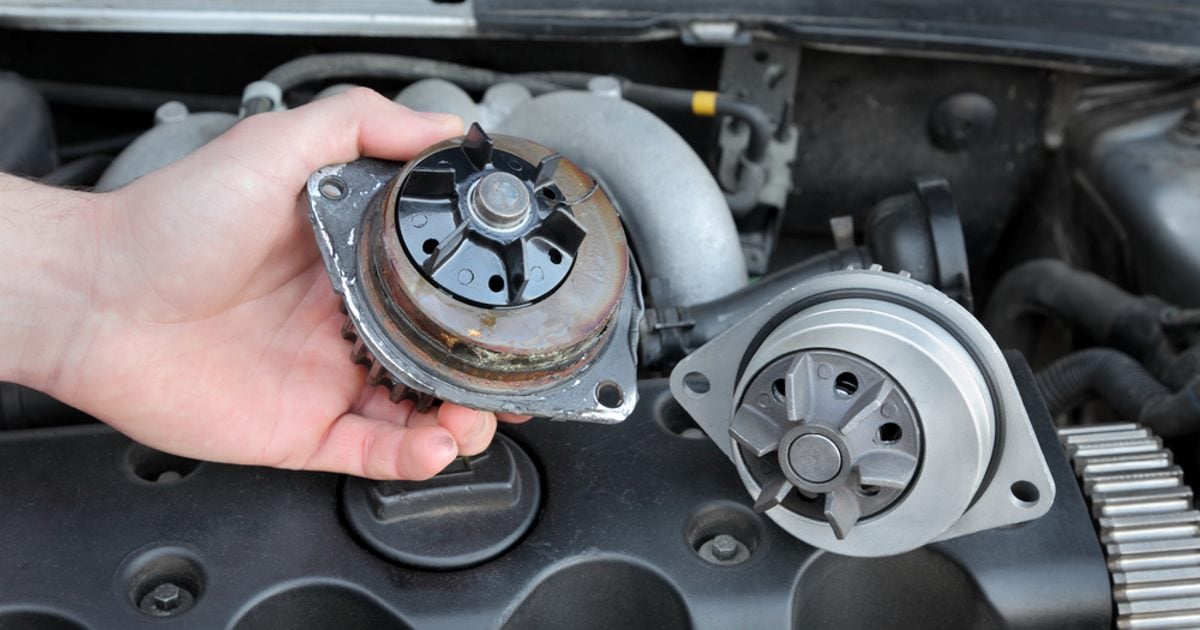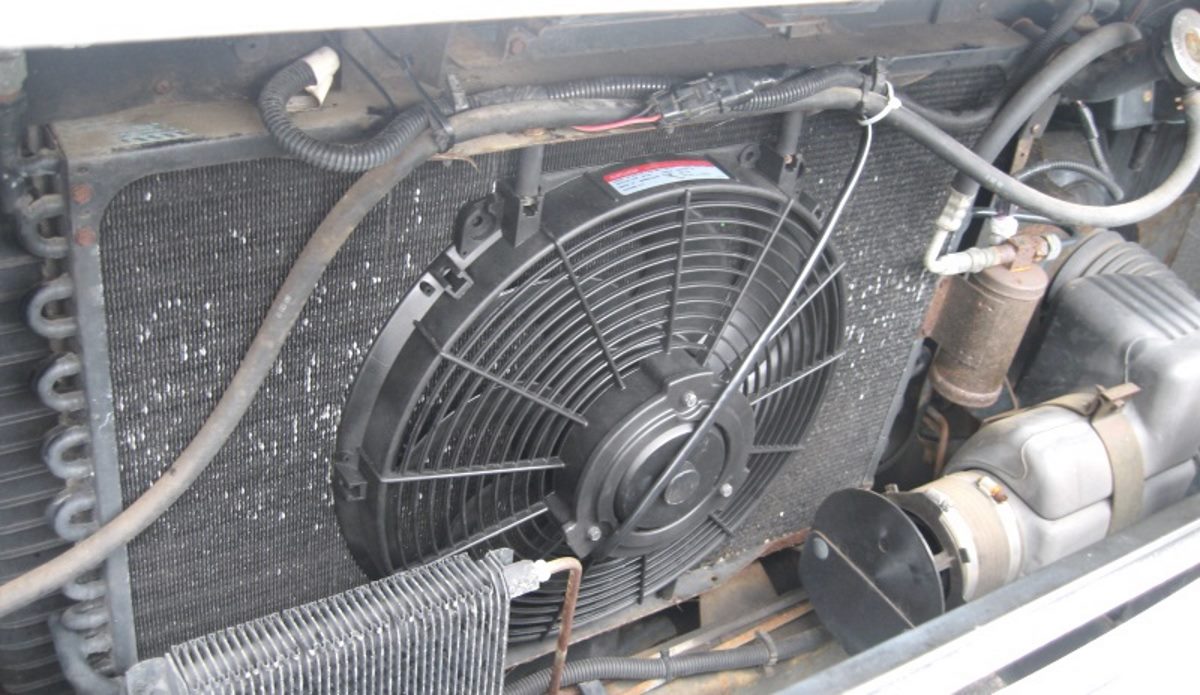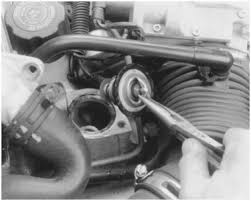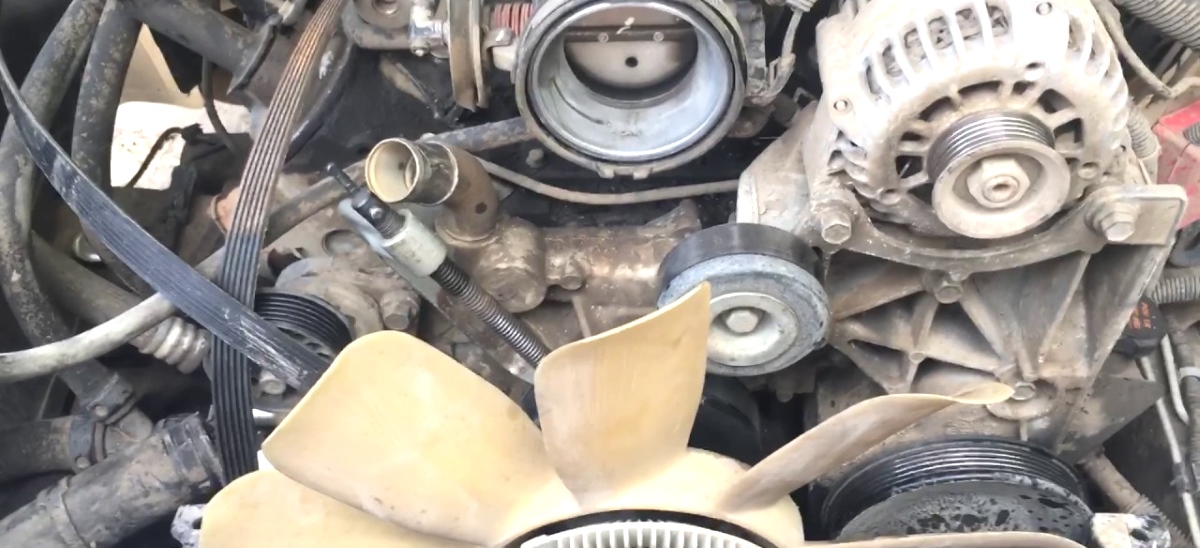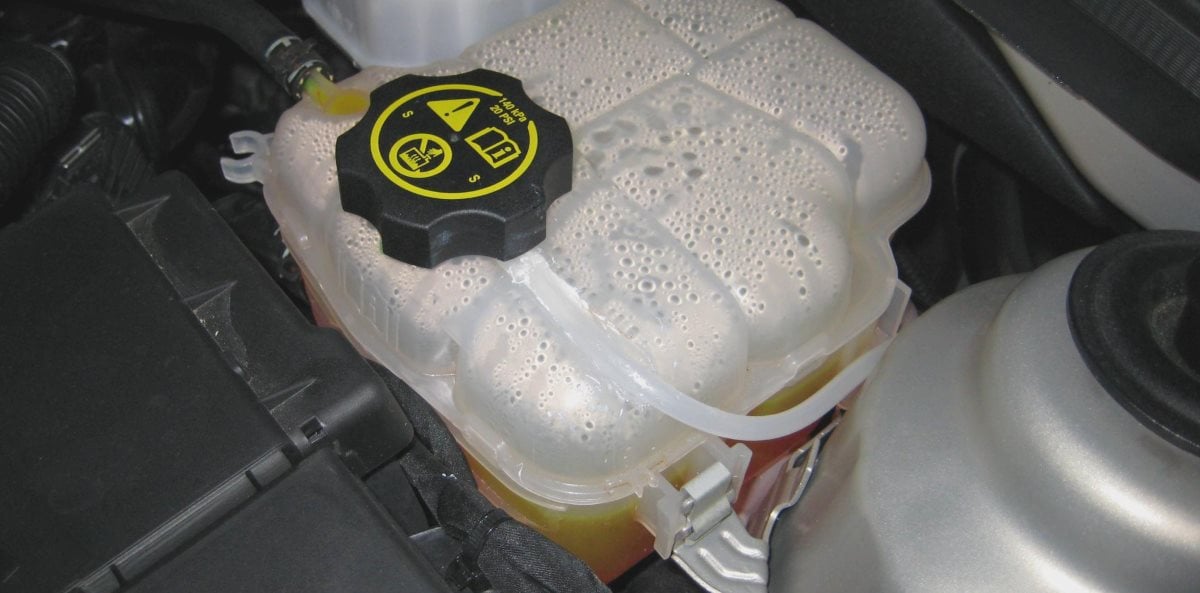Cooling System
 About the radiator hoses: Your car’s cooling system has several hoses which transport coolant back and forth between the radiator and the engine. This allows the engine to maintain a healthy temperature, preventing overheating from occurring. Most cars have...
About the radiator hoses: Your car’s cooling system has several hoses which transport coolant back and forth between the radiator and the engine. This allows the engine to maintain a healthy temperature, preventing overheating from occurring. Most cars have...
 About the water pump: Usually located underneath the timing belt or to the side of the front of the engine, the water pump is a key part of your car’s cooling system. The water pump is vital to your engine’s operation because it ensures that coolant keeps...
About the water pump: Usually located underneath the timing belt or to the side of the front of the engine, the water pump is a key part of your car’s cooling system. The water pump is vital to your engine’s operation because it ensures that coolant keeps...
 About the radiator: Your cooling system consists of several components that circulate coolant throughout your engine and prevent the engine from overheating. The radiator is one of the main parts of your car’s cooling system. Its role is to remove heat from the...
About the radiator: Your cooling system consists of several components that circulate coolant throughout your engine and prevent the engine from overheating. The radiator is one of the main parts of your car’s cooling system. Its role is to remove heat from the...
 What does the thermostat do? The cooling system works by monitoring engine temperatures and circulating coolant through the engine accordingly. Not enough coolant will result in higher engine temperatures and possible damage to engine components. Too much coolant will...
What does the thermostat do? The cooling system works by monitoring engine temperatures and circulating coolant through the engine accordingly. Not enough coolant will result in higher engine temperatures and possible damage to engine components. Too much coolant will...
 What does the radiator fan clutch do? Car engines are cooled via the circulation of coolant through the engine block. The coolant reduces engine temperature by absorbing heat. It is then sent through an engine cooling system radiator where it loses heat to the...
What does the radiator fan clutch do? Car engines are cooled via the circulation of coolant through the engine block. The coolant reduces engine temperature by absorbing heat. It is then sent through an engine cooling system radiator where it loses heat to the...
 What does the coolant reservoir tank do? Your car’s cooling system keeps your engine’s temperature at a healthy level. This prevents overheating, which can cause serious damage to critical engine components. Coolant is sent to the engine, where heat is...
What does the coolant reservoir tank do? Your car’s cooling system keeps your engine’s temperature at a healthy level. This prevents overheating, which can cause serious damage to critical engine components. Coolant is sent to the engine, where heat is...
